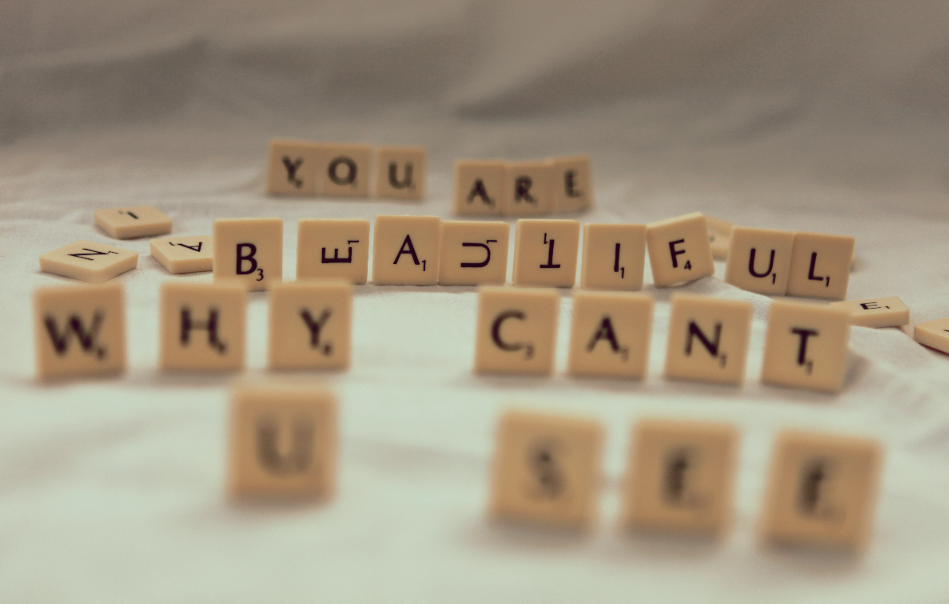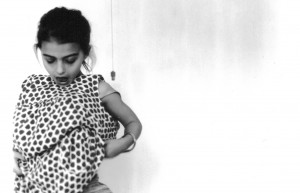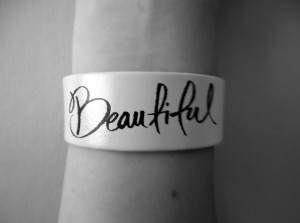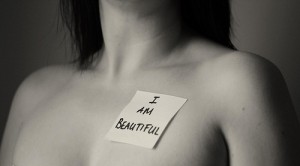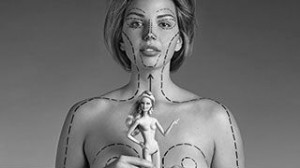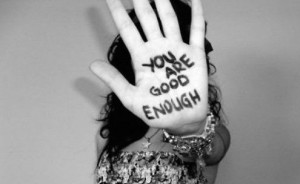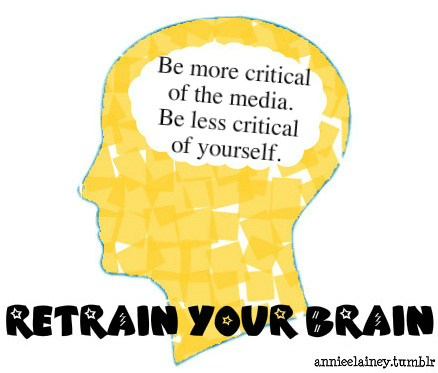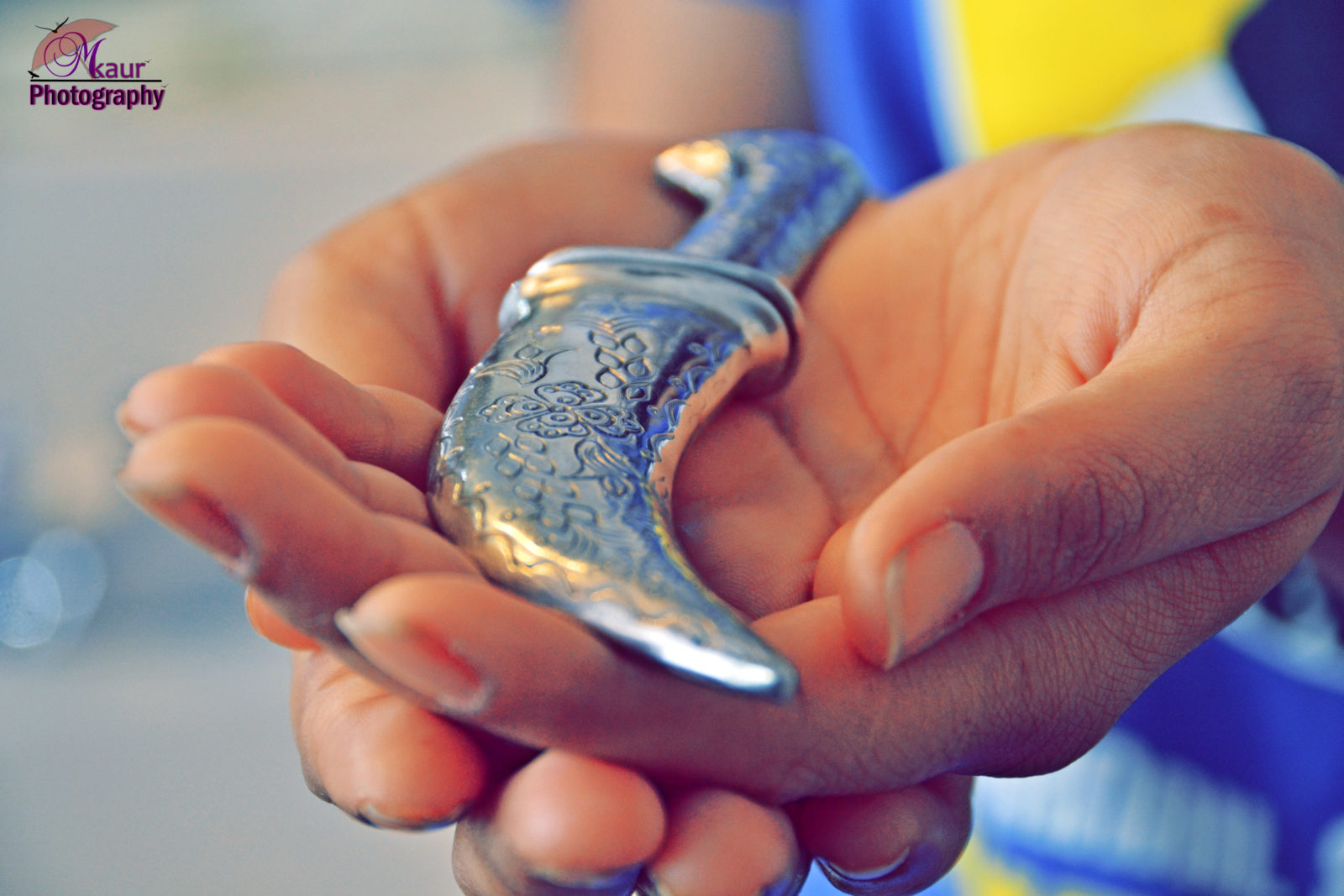By Rajanpreet Kaur
A growing social issue in present day America is the media’s representation of women and its affect on their body image. As society continues to indulge on the power of technology and instant communication, the media is gaining more centralized power which is allowing it to influence the way in which society behaves. In my Knowledge and Power class, we discussed the role of the media in “Makeover Culture and Body Image,” as well as “Media and Representation,” where we learned how the media continually bombards consumers with images of women who fit a specific mold of perfection, and ties the value of a woman’s worth to her image. Those who fail to fit this idea of “perfection” as portrayed by the media suffer from negative body image and low self-esteem.
Kaur Life, a new non-profit organization, is striving to liberate young Sikh women through its online magazine by featuring an array of stories and experiences of other Sikh women. It highlights modern issues faced by these young women, and provides solutions that fight against society’s representation of women. Although resources do exist which empower young woman, it is inevitable that body image affects women and impacts their ability to work effectively in a society where they are continuously mocked for their appearance by the media’s representation.
The media impacts a woman’s ability to develop a positive body image due to constant bombardments of images of an ‘ideal.’ In recent years, the media has become a central part of American society, where it has gained enough influence to directly impact individuals. Magazines, reality shows, and advertisements all serve the purpose of depicting woman who fit “a ‘model’ of being tall, blond, thin, symmetrical, and with large breasts” (Kaur). Women of all backgrounds are being taught that in order to be favored in society, they must conform to a specific image set by the American media. In response to this, there is “a higher prevalence of body dissatisfaction among females” (Klein 16) who are genuinely upset with themselves because they do not ‘look’ like the girl on TV. More than ever before, young women are being told what they should be by the media, who is setting impossible standards for girls to live up to. Women who choose to ignore these ideals suffer drastically in their work and social lives because they are not seen as desirable by others.
Continued exposure to images of an ideal body shape leads to decreased self-esteem in young women. Specifically in adolescents, “there is an overwhelming prevalence of weight and shape related concern” (Spurr, Shelley, Lois Berry, and Walker 18) due to a Western culture which endorses extremely thin body stereotypes. When a woman is told that her importance lies in the way she appears, she forgoes the need to focus on developing her intellect and instead applies her energy to being the skinniest, prettiest, and fairest. The negative effects of the media are not highlighted because they are not the money makers for companies; but in reality, adolescents who are exposed to ideal body images have “increased body dissatisfaction, negative mood states and decreased self-esteem” (Spurr, Shelley, Lois Berry, and Walker 19). When a young girl cannot focus in school because she chose not to eat meals in order to lose weight, that is when we as a society need to understand that we have a problem.
Young girls need to be taught to carry a positive body image which will help them function, not to focus on their outer appearance. Having a positive body image means that “you don’t attach your body’s physical characteristics with your personal character or value as a person” (Kaur). Instead of “internalizing the idea of body perfection,” (Kaur) young women need to internalize their own individual value through their abilities and their work. If women were to focus more on becoming educated and earning a degree, and spent less of their energy on attaining a physical ideal, society would be able to progress in the sense that men and women would be on an equal playing field. But in a society where women are valued specifically for their outer appearance, it is difficult to inspire change. There is a common phrase which states that if you educate a woman, you educate an entire generation; in order for society to progress, it is essential to promote positive body image because it will teach young girls that their value lies in their intellect, and not in their ability to look appeasing to others.
Advertisements are used as a way to get women to spend money on false products to increase the economy. Advertisers “revert to mass media in order to maximize marketing potential for their products” (Ceulemans, Mieke, and Fauconnier 13) because of their financial dependency; they gain millions from forcing women to become insecure about themselves because that in turn causes them to spend money on products. The emotional impact of these advertisements causes women who are insecure about their bodies to “buy beauty and bodybuilding products, new clothes, and diet aids, spending anywhere between $40 and $100 billion” (Ballaro, Beverly, and Wagner). In order to create these effective advertisements, women are categorized into a strict role, which implies that a woman is worthy of functioning as only one of two assigned roles. These roles fit either the “housewife/mother/wife” category or the “sexual object” (Ceulemans, Mieke, and Fauconnier 13) category in advertisements. When a woman is displayed as only one of either, it sends the message that her value lies in her ability to fulfill one of these roles.
Advertisements do not display the woman in charge, or the independent woman, because these types of roles do not bring in a cash flow for companies. When the image of the independent woman is not prevalent in the lives of young girls who spend countless hours consuming media, there is a subtle message which implies that the role of the independent woman is unfavorable. This discourages young girls from pursuing their goals and instead causes them to exert all of their energy, time, and money into fulfilling the role of either the housewife or the sexual object to satisfy those around them. Through these advertisements, a woman is told that she exists for the enjoyment of others, and not for herself. This type of education disables an entire generation of young girls, rather than using education as a source of empowerment.
In order to work towards empowering young women and creating a positive sense of body image, it is important to highlight the experiences of Kaur Life’s founder Lakhpreet Kaur. Kaur has used her devotion to Sikhi in order to combat the image of the “ideal woman” created by the media . Growing up, Kaur was always told by the media that “beauty and perfection means to be tall, blonde, thin and hairless,” and felt “dirty, or imperfect” (Kaur) as a young girl because she was none of these. Sikhi considers body hair to be sacred; it does not equate the physical body with “a way to achieve human perfection,” but rather focuses “on developing a perfect human who is loving, caring, spiritual, and socially engaged” (Kaur). As a young girl, it was difficult for Kaur to withstand the teasing by classmates for not shaving her body hair. But by using her faith as a source of spiritual growth, Kaur has come to understand that through internalizing Sikh values, she has been given the “strength and tools to mentally cope with the media, to challenge it, and to try and accept [her] body” (Kaur) as it is. The physical form of her beliefs comes through her online magazine, Kaur Life, which she uses to help empower young women by helping them understand themselves and their faith, providing an environment, which celebrates positive body image.
Kaur manages to remain empowered in her decision to take control of her body, without the need to change herself to satisfy a male audience, which the idea of the male gaze seeks to do. The media is ultimately centralized to fit the perspective of a male, hence the male gaze. Examples of this occur in the media when a woman’s body is sexualized on camera for the enjoyment of the male viewer. “Many women try to make their bodies look a certain way to attract men” (Kaur) because they are taught to believe that their body is for the enjoyment of others; but Kaur tries to value herself as a human being and feels she does not have to “change for a man” (Kaur). In a society where a woman’s exposure to others comes through the media, it is important to have role models like those featured on Kaur Life who are empowered and value themselves.
Yet in our modern society, women continue to remain uneducated in the sense that they do not realize that the images portrayed by the media are fake; there is no woman who actually appears as she claims to be in advertisements. In order to move forward as a society, it is essential that women are informed of the measures taken to alter images in advertisements, which decreases their chances of acquiring a negative image of self. The bodies in magazines and advertisements “look perfect because of airbrushing techniques and plastic surgery,” but women fail to understand that because of “our media-driven culture, our views of what women and men should look like are shaped by these unreal images” (Ballaro, Beverly, and Wagner). It is essential that women do not compare their bodies with the illusions of perfection depicted in advertising, because humans typically do not look like these illustrations. Kaur stresses that it is vital to “be less critical of yourself and more critical of the media” (Kaur). What we perceive of ourselves is a reflection of our view on the media; by becoming more critical of the images portrayed by the media, we have the power to change what is being said about our bodies. Also, Kaur stresses that as consumers, we should “pay attention to images, slogans, or attitudes that make [us] feel bad about [ourselves and our bodies]” and we should “protest these messages” (Kaur). Women do not understand that as consumers, they have the power over advertising companies and the media. If women were to boycott products, it would send a message to companies that their images will not be tolerated. By educating women of how images in the media are distorted, and that they have the ability to change what is presented to them, there is a possibility for real change to occur.
In a society which centralizes media as an influential force, it will be difficult to change the perception one has of their body image. Continuous exposure to images of women who seem to fit the ‘ideal’ plague our society, contributing to lower self esteem in young women. When advertisers tell women that they can only fit the role of either the housewife or the sexual object, it restricts them from reaching their true potential as young women. But when women are educated about false advertising, it allows them to value their qualities rather than their outer appearance. As a society, it is important that we educate and empower young girls to love themselves, their bodies, and their goals; it is essential to promote positive self-esteem in order to create a generation of young girls who are strong minded and independent. Having a positive body image changes one’s self-esteem dramatically, and by continuing to allow the media to promote stereotypes of the ideal woman, we are failing as a society in empowering our young girls. An entire generation of women is missing out on impactful experiences, and instead of allowing them to suffer at the hands of the media, we should raise our girls and promote the idea of self-love; only then will be able to progress and create real change for the better.
The above photo is by Laura Du Ve.
This article was abridged by Kaur Life.

